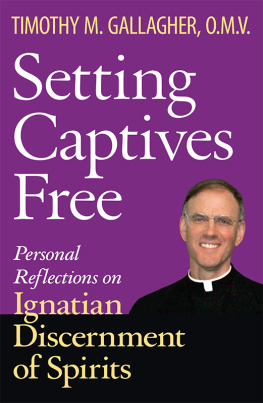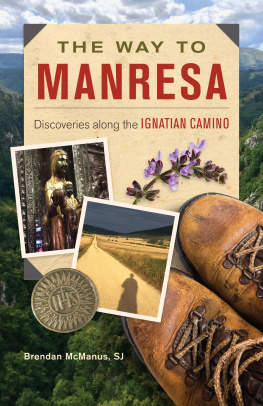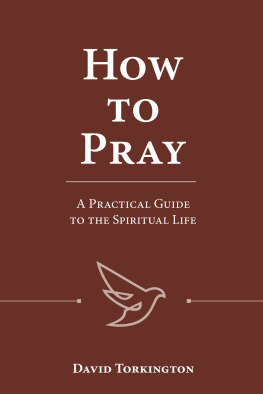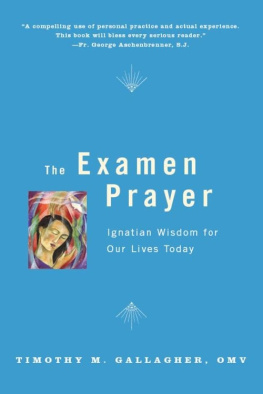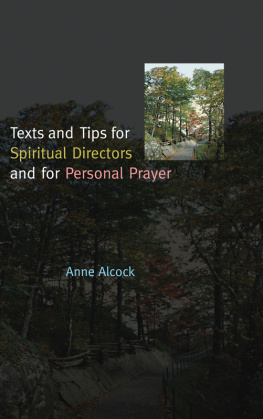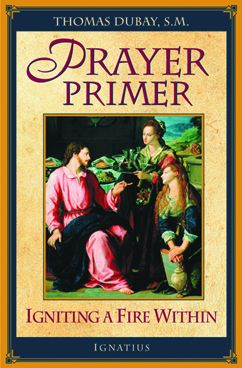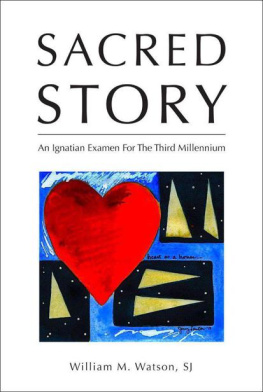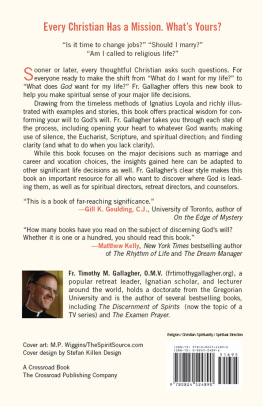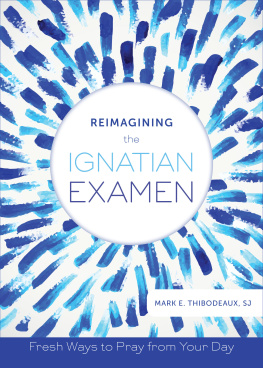Other Books by the Author
THE EXAMEN PRAYER
Ignatian Wisdom for Our Lives Today
THE DISCERNMENT OF SPIRITS
An Ignatian Guide for Everyday Living
SPIRITUAL CONSOLATION
An Ignatian Guide for the Greater Discernment of Spirits
AN IGNATIAN INTRODUCTION TO PRAYER
Scriptural Reflections According to the Spiritual Exercises
The Crossroad Publishing Company
16 Penn Plaza481 Eighth Avenue, Suite 1550
New York, NY 10001
2008 by Timothy M. Gallagher, O.M.V.
All rights reserved. No part of this book may be reproduced, stored in a retrieval system, or transmitted, in any form or by any means, electronic, mechanical, photocopying, recording, or otherwise, without the written permission of The Crossroad Publishing Company.
Printed in the United States of America.
The text of this book is set in 12/15.5 Sabon. The display face is Tiepolo.
Cataloging-in-Publication Data is available from the Library of Congress
ISBN-10: 0-8245-2488-8
ISBN-13: 978-0-8245-2488-3
1 2 3 4 5 6 7 8 9 10 12 11 10 09 08
Contents
Acknowledgments
I am deeply grateful to the many people whose assistance made the writing of this book possible: to Joseph Schner, S.J., the Jesuit community of Pedro Arrupe House, and the faculty and staff of Regis College, Toronto, who offered me warm hospitality and unfailing support during the writing of this book; to Claire-Marie Hart for her generous and expert editing; to Carol McGinness for her invaluable assistance with word processing and permissions; and to William Brown, O.M.V., my provincial, for his personal encouragement and for providing this time of writing.
I thank, too, those who accompanied me with their counsel prior to the writing and their reflections on the manuscript during the writing itself: George Aschenbrenner, S.J., Susan Dumas, Harvey Egan, S.J., Theresa Galvan, C.N.D., Gill Goulding, C.J., Elizabeth Koessler, Catherine Macaulay, Gertrude Mahoney, S.N.D., Edward OFlaherty, S.J., Germana Santos, F.S.P., Ernest Sherstone, O.M.V., Al Starkey, and Robert Uzziglio. Their support and insights were a treasured resource during those months.
Finally, I thank the following for permission to reprint copyrighted material:
Excerpts from the New American Bible with Revised New Testament and Revised Psalms 1991, 1986, 1970 Confraternity of Christian Doctrine, Washington, D.C., used by permission of the copyright owner. All Rights Reserved. No part of the New American Bible may be reproduced in any form without permission in writing from the copyright owner.
The Catholic Edition of the Revised Standard Version of the Bible, copyright 1965, 1966 by the Division of Christian Education of the National Council of the Churches of Christ in the United States of America. Used by permission. All rights reserved.
Excerpts from The Psalms: A New Translation, copyright 1963 by Ladies of the Grail, administered by G.I.A. Publications, Inc. All rights reserved. Used with permission.
Excerpts from Story of a Soul: The Autobiography of St. Thrse of Lisieux, translated by John Clarke, O.C.D. Copyright 1975, 1976, 1996 by Washington Province of Discalced Carmelites, ICS Publications, 2131 Lincoln Road, N.E. Washington, DC 20002-1119 U.S.A. www.icspublications.org
Excerpts from Timothy Gallagher, O.M.V., The Examen Prayer: Ignatian Wisdom for Our Lives Today. Used with permission of the Crossroad Publishing Company.
Excerpts from Kathryn J. Hermes, F.S.P., Surviving Depression: A Catholic Approach. Copyright Daughters of St. Paul, Boston. All rights reserved. Used with permission.
Introduction
My first exposure to meditation came through St. Francis de Sales. For years I had heard of meditation and had seen it recommended in spiritual books. It appeared that this form of prayer was a source of great blessing, and my interest was awakened. Yet I found no way to learn about meditation. It was inviting but also mysterious. I never imagined that it could apply to me, an ordinary Christian.
Then I read Francis de Saless Introduction to the Devout Life. There I discovered ten meditations outlined for beginners. At the time, I did not know that Francis had experienced the Spiritual Exercises of St. Ignatius of Loyola and learned much from them. I only knew that I had, for the first time, found a path toward meditation.
I made Francis de Saless ten meditations and liked the experience. When I completed the tenth, however, I was at a loss once more. This had been a welcome first step. Yet I had no idea how to continue and did not know where to find further guidance.
Years later, during my seminary training, I learned more about meditation. My companions and I were taught how to meditate, and we practiced this daily. We were grateful for this help. Meditation no longer seemed a remote and mysterious reality.
Several years later, I made the Spiritual Exercises of St. Ignatius. Day after day in the retreat, the director explained Ignatiuss counsels on prayer. We put those counsels into practice and, in personal meetings with the director, found answers to our questions. When the retreat ended, I thought, Someone has finally taught me to pray. Gratitude for Ignatius of Loyolas teaching on prayer arose within me a gratitude that since then has only deepened. Ignatiuss clear and practical counsels opened for me, as for so many before me, a sure path of prayer.
After my seminary years, I began sharing this teaching in retreats and watched this same experience repeat itself. Again and again I witnessed the spiritual energy awakened by Ignatiuss teaching on prayer. Through it, desire for prayer, inhibited by uncertainty, is set free, and a clear path opens toward prayer. The purpose of this book is to share that teaching.
Our focus will be the two basic Ignatian methods for prayer with Scripture: meditation, the reflective approach, and contemplation, the imaginative approach. Both methods, through different human capabilities our ability to reflect on the meaning of the text and our ability to enter the scene in the text imaginatively open for us the message of the Scriptures. Through different gateways, both lead to the heart.
I choose these two methods because they are Ignatiuss starting point for prayer with Scripture. Other methods of prayer build upon them, but these two are foundational. This choice also permits us to explore both methods deeply in a limited number of pages. The clarity that emerges is invaluable. It allows a solidly grounded use of these methods, with flexibility, as the Spirit draws us individually. Such freedom contributes greatly to fruitful prayer with Scripture.
My approach to Ignatiuss teaching on meditation and contemplation is based upon two convictions. The first is that the best way to understand this teaching is to examine what Ignatius actually says in his Spiritual Exercises: to allow Ignatius himself, through his own words, to teach these methods. Direct contact with his words opens for us the full richness and endless freshness of this teaching.
Both terms, meditation and contemplation, are used in widely varying senses today For Ignatius, they have the specific meaning briefly indicated here and elaborated throughout this book. Both presuppose Christian revelation. Within Christian tradition, Ignatiuss use of contemplation differs from that of John of the Cross. For John, contemplation signifies infused, passive, mystical prayer. For Ignatius, the same word indicates active imaginative participation in a Gospel event.


